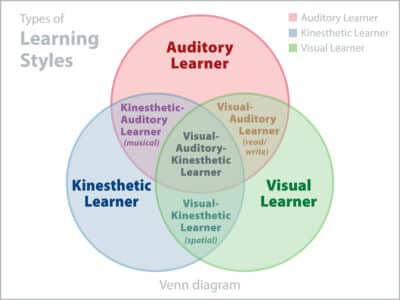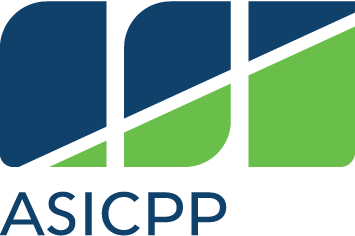Welcome back, Broncos! As we start a fresh semester at Cal Poly Pomona (CPP), now is the perfect time to evaluate how you learn best so you can study smarter this term. With midterms right around the corner, understanding your learning style can help you ace exams and thrive both in and out of the classroom.
There are three main types of learning styles: visual, auditory, and kinesthetic. Keep reading to discover your learning style and get tailored tips to make the most of your classes and campus resources!

Source: JoanDragonfly/Flicker
Visual Learners

Source: Jeremyah/Shutterstock
If traditional lectures make your mind wander but diagrams grab your attention, you might be a visual learner. Visual learners absorb and process information best when presented graphically or symbolically. If you’re a visual learner, you likely grasp concepts better when professors supplement their lectures with flashy visuals, illustrations, and media presentations. As a visual learner, you are usually neat and clean. “You often close your eyes to visualize or remember something, and you will find something to watch if you become bored.” (Education Planner, 2022) Basically, you live by the mantra “pics or it didn’t happen.”
You may be a visual learner if any of this rings true for you:
- You follow lectures better with visual aids
- You remember people’s faces but not names
- Step-by-step diagrams are your savior
- You make Quizlet sets with photos to help facts stick
- Notes just confuse you until you rewrite them color-coded
Tips for visual learners:
- Draw diagrams and illustrations as part of your notes
- Use different colored highlighters and pens to color-code topics
- Utilize flashcards, vision boards, and playlists to reinforce concepts
- Study in a quiet space away from distractions
- Rewrite your notes to imprint facts
Auditory Learners

Source: Jeremyah/Shutterstock
For some, learning is all about listening. If traditional lectures and discussing concepts are more your speed, you may be an auditory learner. Audible learners process information best through their ears. Lectures, recordings, and verbalizing problems aloud allow you to absorb the material. If you are an auditory learner, you “often learn by reading out loud because you have to hear it or speak it in order to know it.” (Education Planner, 2022) As an auditory learner, you “probably hum or talk to yourself or others if you become bored. Remember that you need to hear things, not just see things, in order to learn well.” (Education Planner, 2022)
Sound like your style? Check for these clues:
- You learn well from traditional lectures and discussions
- You talk ideas out to understand them better
- You have difficulty with written instructions
- Reciting notes aloud helps you memorize
- You remember things people say but forget faces
Tips for auditory learners:
- Read notes or flashcards out loud when studying
- Discuss concepts with a study group
- Record lectures to review complex topics
- Set reminders with voice memos on your phone
- Explain your understanding of material to others
Kinesthetic/Tactile Learners

Source: Jeremyah/Shutterstock
Gotta move it, move it! If you’re all about that hands-on grind, chances are you’re a kinesthetic/tactile learner.
Kinesthetic learners prefer to dive right in to grasp new material. You’d rather ditch the lecture for an interactive lab experiment or field trip where you can tap into CPP’s “learn by doing” philosophy.
“If you are a ‘hands-on’ learner who prefers to touch, move, build, or draw what you learn, and you tend to learn better when some type of physical activity is involved.” (Education Planner, 2023)
“Remember that you learn best by doing, not just by reading, seeing, or hearing.” (Education Planner, 2023)
Sound familiar? You might be kinesthetic if:
- You prefer labs, field trips, and case studies over lectures
- You take frequent study breaks to move around
- You gesture and use body language when explaining things
- You learn well in settings like laboratories
- You struggle to concentrate during long lectures
Tips for kinesthetic learners:
- Study concepts by teaching them to others
- Do practice problems and sample worksheets repeatedly
- Take regular study breaks to walk around
- Use tactile study aids like whiteboards, clay, and flashcards
- Chew gum or sip water during lectures to keep stimulated
Understanding your unique learning style is the first step toward being an adaptive, empowered student. Now that you know whether you’re a visual, auditory, or kinesthetic learner, put that knowledge into action. Lean into the study strategies that truly work for how your mind operates.
With the right approach, every student can tap into their academic potential. So embrace your personal learning superpowers. Let your individual style fuel, rather than limit, your success. The path to success looks different for everyone. Take the Learning Style Assessment via educationplanner.org HERE and find what clicks for you.
What learning style are you? Let us know on our social media and keep up to date on more upcoming events @ASICPP on Instagram, Facebook, YouTube, and TikTok!



